New USDA Hardiness Zone Map
elkwc
12 years ago
Related Stories
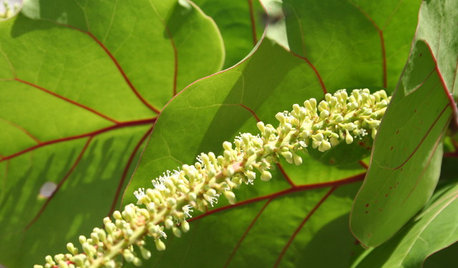
GARDENING GUIDESGreat Design Plant: Sea Grape, a Hardy Coastal Delight
Up to the high-tide line or even indoors, sea grape draws smiles for its looks and cheers for its tenacity
Full Story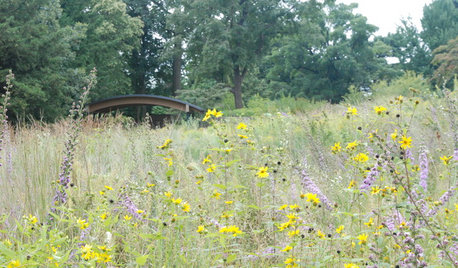
GARDENING GUIDESHow to Find the Right Plants for Your Garden
Break free from choosing plants by cold-hardiness zones for a beautiful landscape that thrives year-round
Full Story
LANDSCAPE DESIGNGreat Design Plant: Retreat to the Shade of Hardy Catalpa
Big foliage and a towering height provide a shady respite in summer, but that's not all hardy catalpa offers dedicated gardeners
Full Story
GARDENING GUIDES10 Cold-Hardy Succulents for Cool-Season Interest
These attractive plants shrug off colder temperatures, and many can be brought inside in containers in extra-chilly climates
Full Story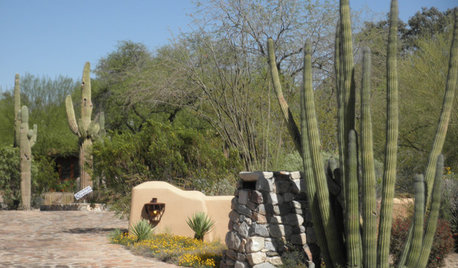
SOUTHWEST GARDENINGUnderstanding the American Southwest's Three Main Climate Zones
If you live in one of the arid or semiarid regions of the U.S. Southwest, this gardening zone guide is for you
Full Story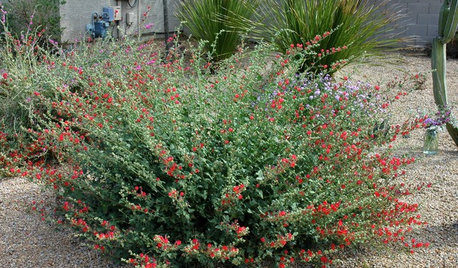
GARDENING GUIDESSouthwest Gardener's February Checklist
Orange you glad for a citrus-fertilizing reminder? And don't forget the recommended doses of vegetable seeds and cold-hardy flowers
Full Story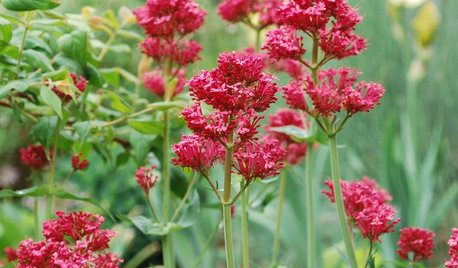
GARDENING GUIDES6 Lovely Water-Wise Perennials for High Altitudes
Even if your climate is cold and dry, you can still celebrate spring with these hardy and colorful perennials
Full Story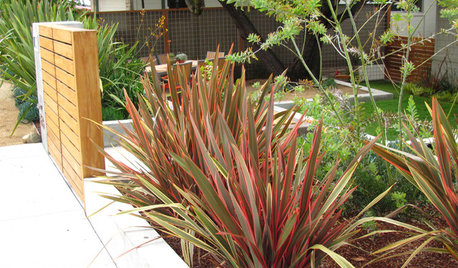
RED FOLIAGEGreat Design Plant: New Zealand Flax
A commanding presence, year-round foliage and a hardy nature make flax a winner in the landscape even in fall and winter
Full Story
GARDENING GUIDESGreat Design Plant: Red Kangaroo Paw
Plant this dramatic perennial in fall or spring for its height, hardiness and beautiful red blooms
Full Story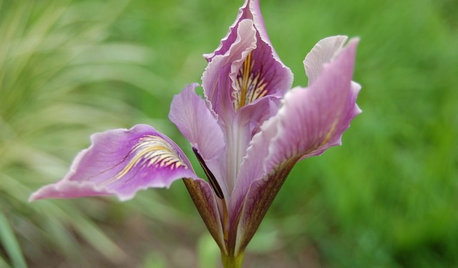
FLOWERSPaint a Garden Delightful With Iris
Charming and colorful, irises propagate easily, are hardy in many soils and climates, and unfold with layers of beauty
Full Story


ezzirah011
biradarcm
Related Discussions
New USDA Plant Hardiness Zone Map Released
Q
New USDA Plant Hardiness Zone Map
Q
New USDA Plant Hardiness Zone Maps posted
Q
release of the new usda plant hardiness zone map
Q
joellenh
lat0403
Okiedawn OK Zone 7
biradarcm
soonergrandmom
Okiedawn OK Zone 7
elkwcOriginal Author
miraje
miraje
soonergrandmom
elkwcOriginal Author
joellenh
Okiedawn OK Zone 7
biradarcm
soonergrandmom
soonergrandmom
ginak08
Tractorlady63
owiebrain
mksmth zone 7a Tulsa Oklahoma
biradarcm
soonergrandmom
biradarcm
miraje
soonergrandmom
slowpoke_gardener
miraje
Macmex
soonergrandmom
biradarcm